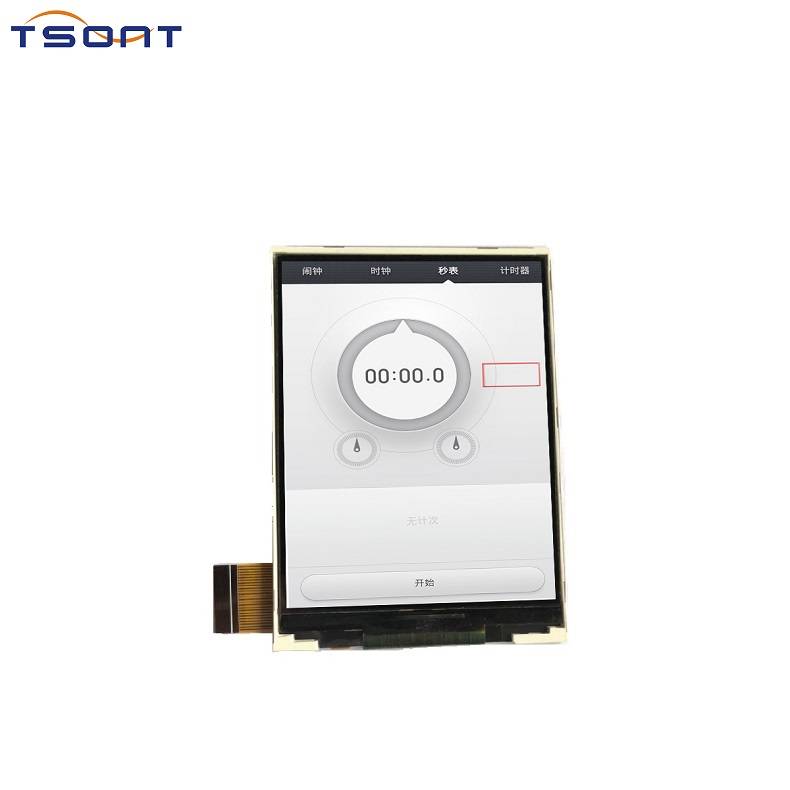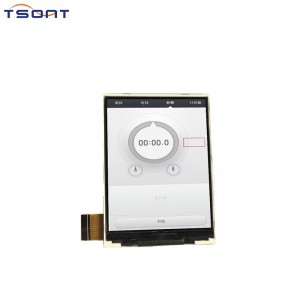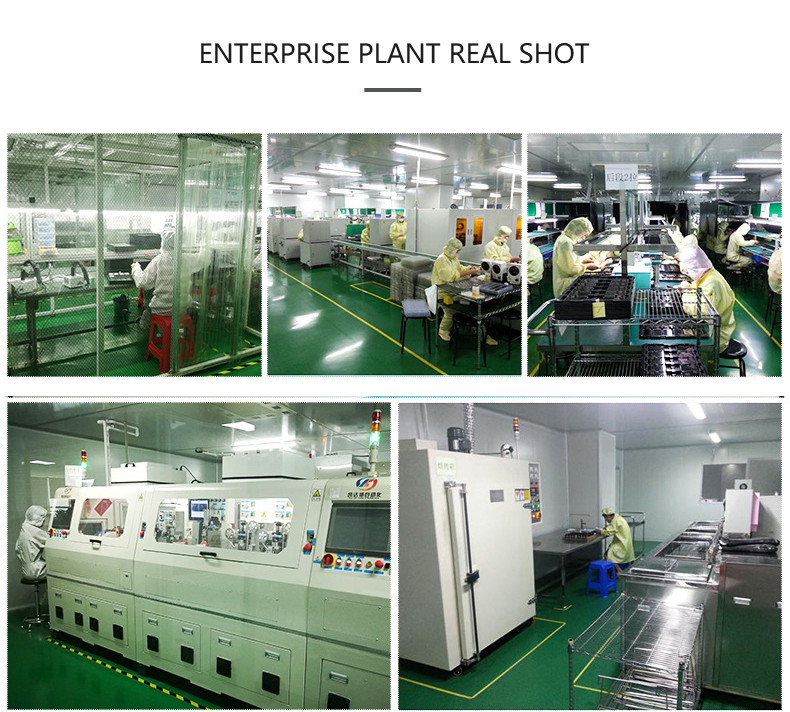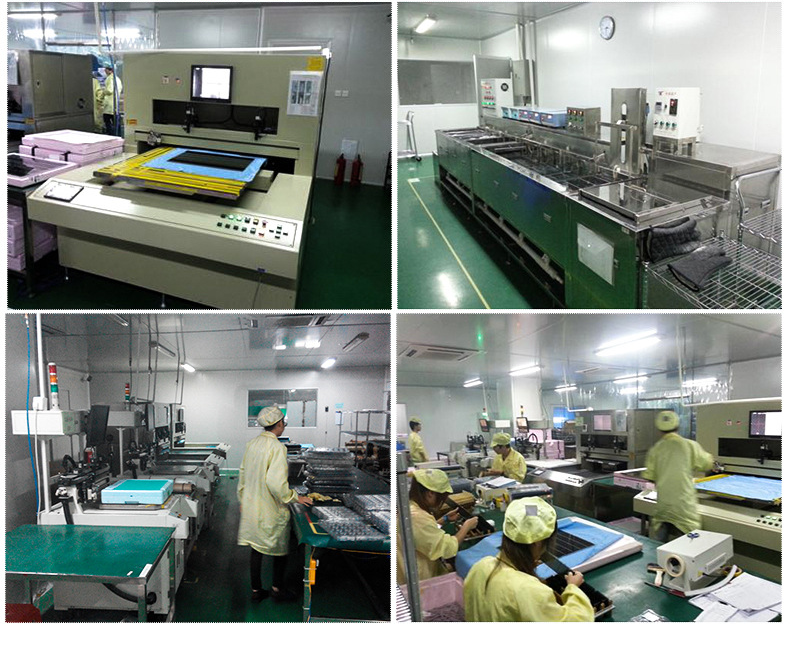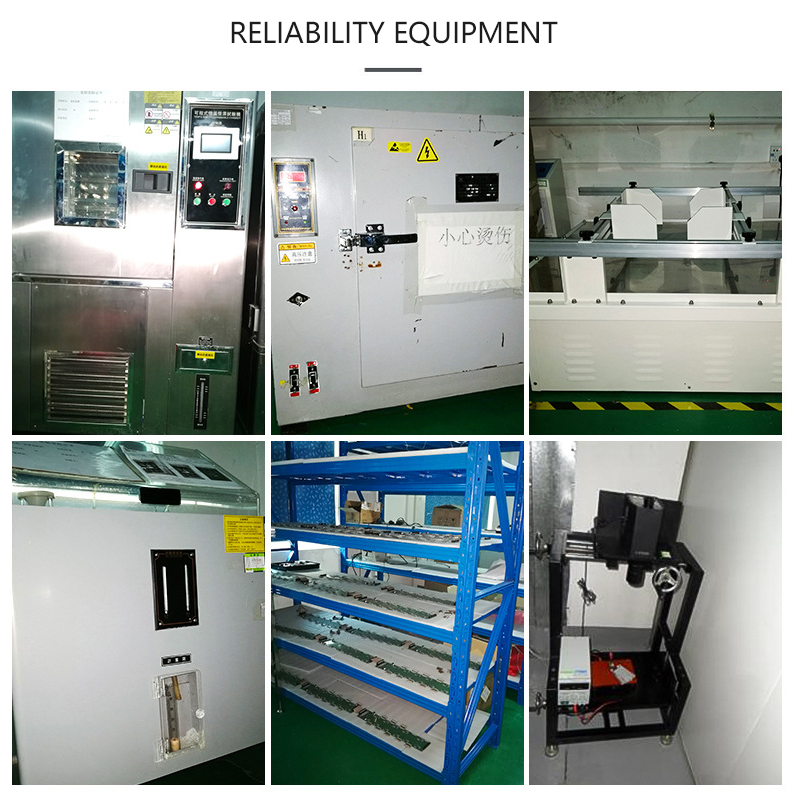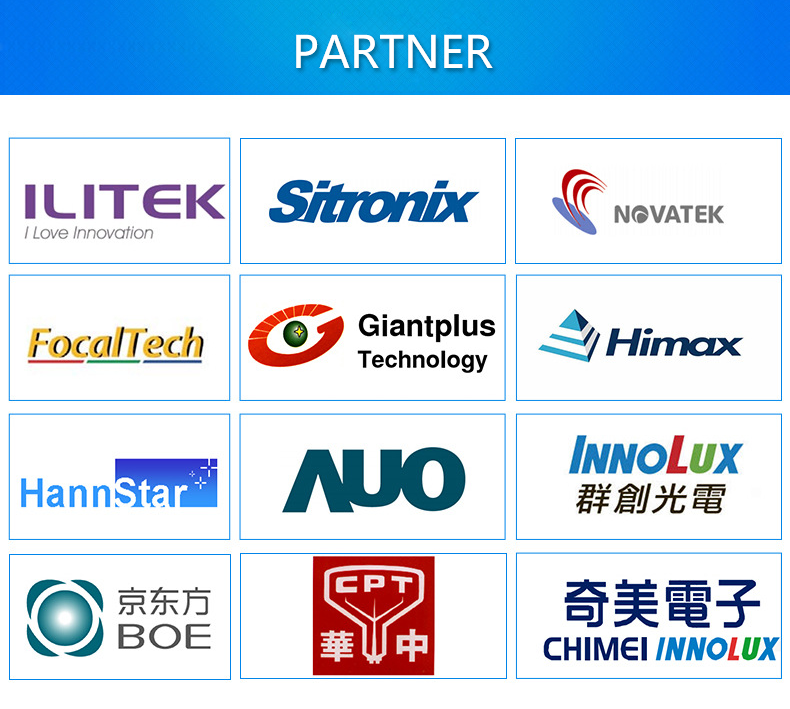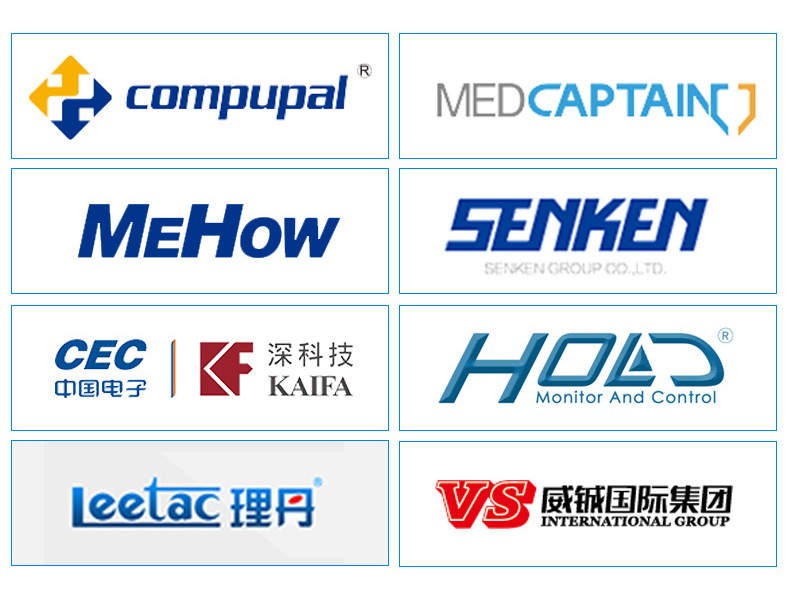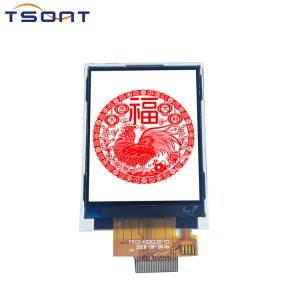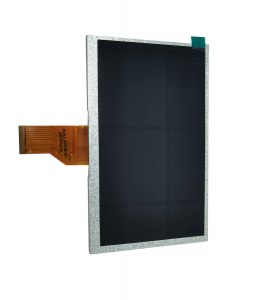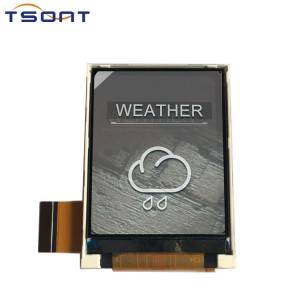Regardless of active or passive liquid crystal displays, in addition to liquid crystal materials, glass substrates (conductive glass), color filters, polarizers, backlights, etc. are required. Auxiliary materials include alignment agents, sealants, and gasket materials. . Of course, for a TFT-LCD, a TFT array needs to be fabricated on a glass substrate, and the materials it needs are almost the same as those of the semiconductor industry. In addition, the material cost structure of different liquid crystal displays is very different.
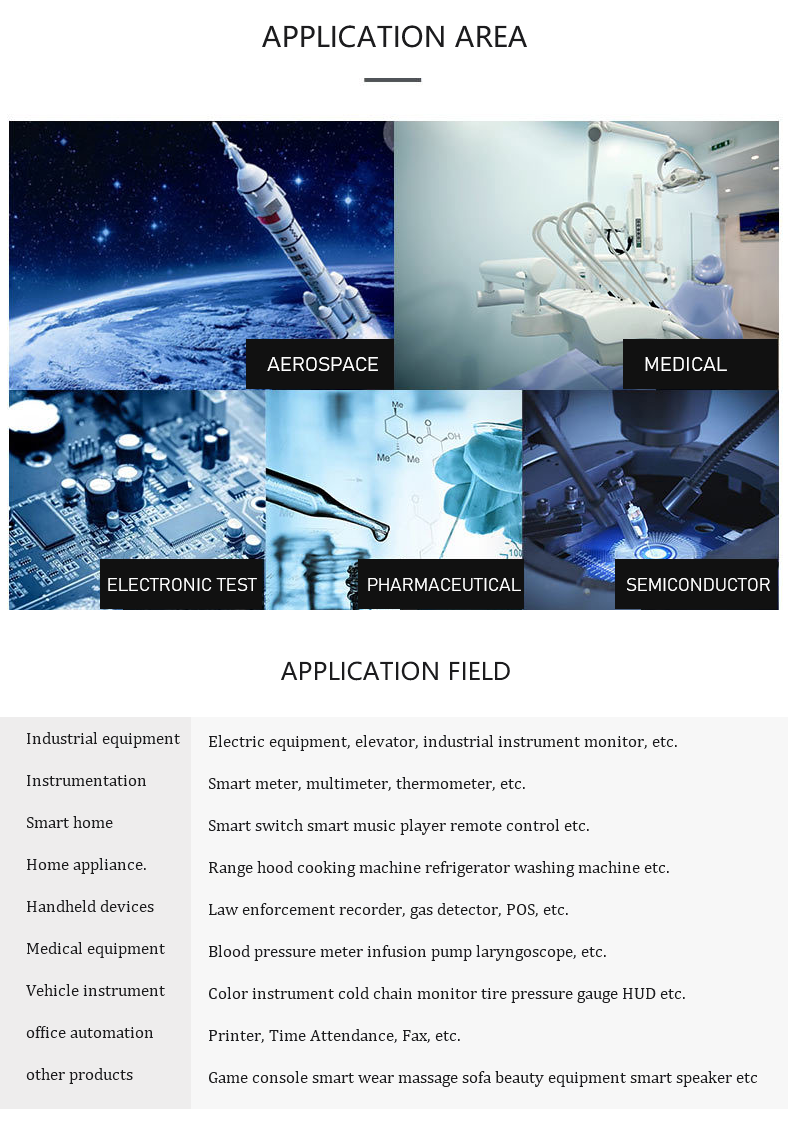
| Item | Typical value | Unit |
| Size | 3.2 | Inch |
| Resolution | 240RGB*320dots | - |
| Outling dimension | 53.6(W)*76.00(H)*2.46(T) | mm |
| Viewing area | 48.6(W)*64.8(H) | mm |
| Type | TFT | |
| Viewing direction | 12 O’ Clock | |
| Connection type: | COG + FPC | |
| Operating temperature: | -20℃ -70℃ | |
| Storage temperature: | -30℃ -80℃ | |
| Driver IC: | HX8347I | |
| Interfce type: | MCU&SPI | |
| Brightness: | 280 CD/㎡ | |
| Item | Typical value | Unit |
| Size | 3.2 | Inch |
| Resolution | 240RGB*320dots | - |
| Outling dimension | 53.6(W)*76.00(H)*2.46(T) | mm |
| Viewing area | 48.6(W)*64.8(H) | mm |
| Type | TFT | |
| Viewing direction | 12 O’ Clock | |
| Connection type: | COG + FPC | |
| Operating temperature: | -20℃ -70℃ | |
| Storage temperature: | -30℃ -80℃ | |
| Driver IC: | HX8347I | |
| Interfce type: | MCU&SPI | |
| Brightness: | 280 CD/㎡ | |

